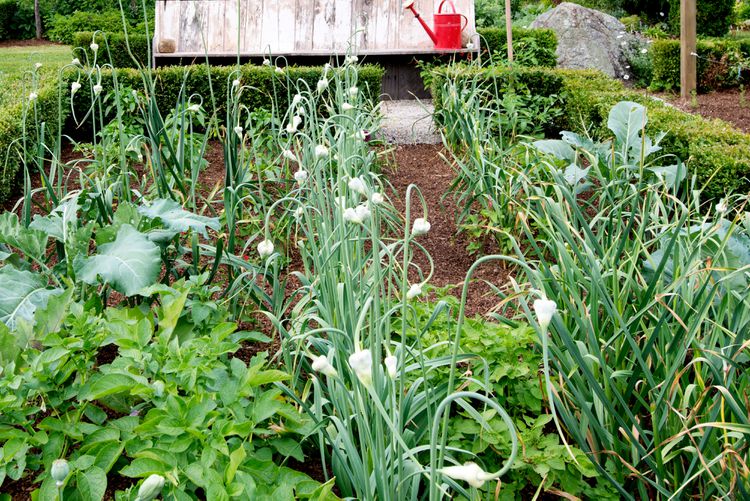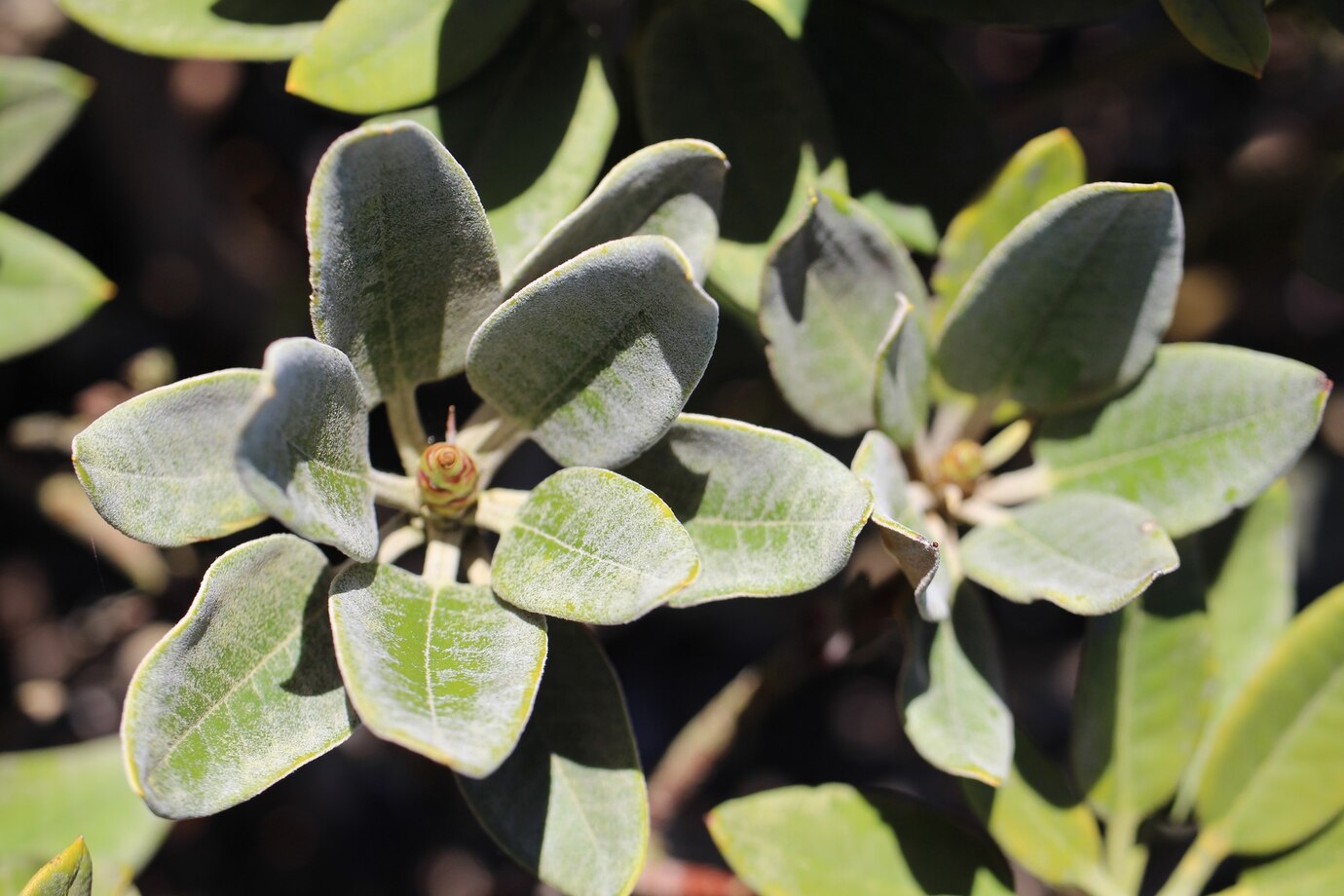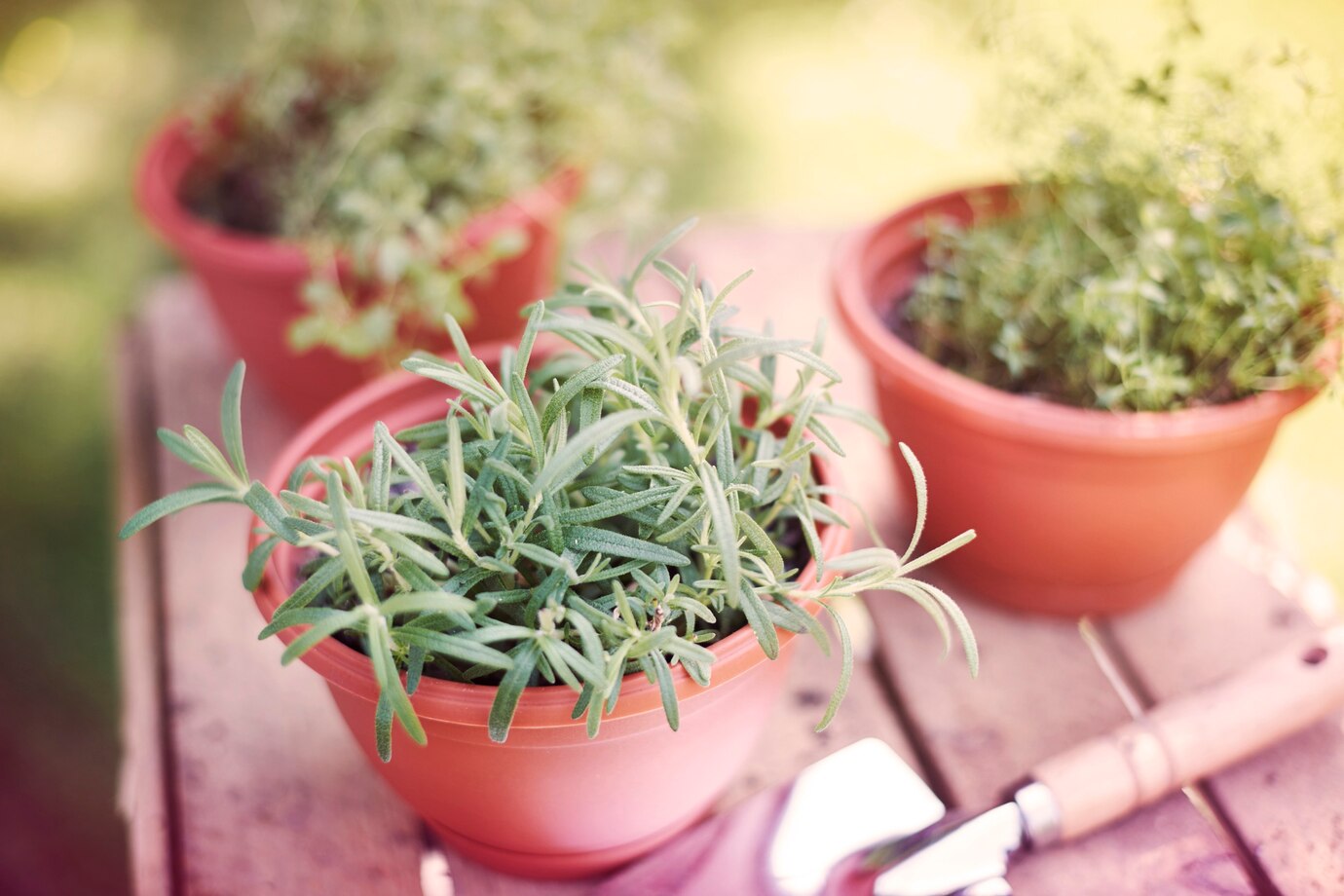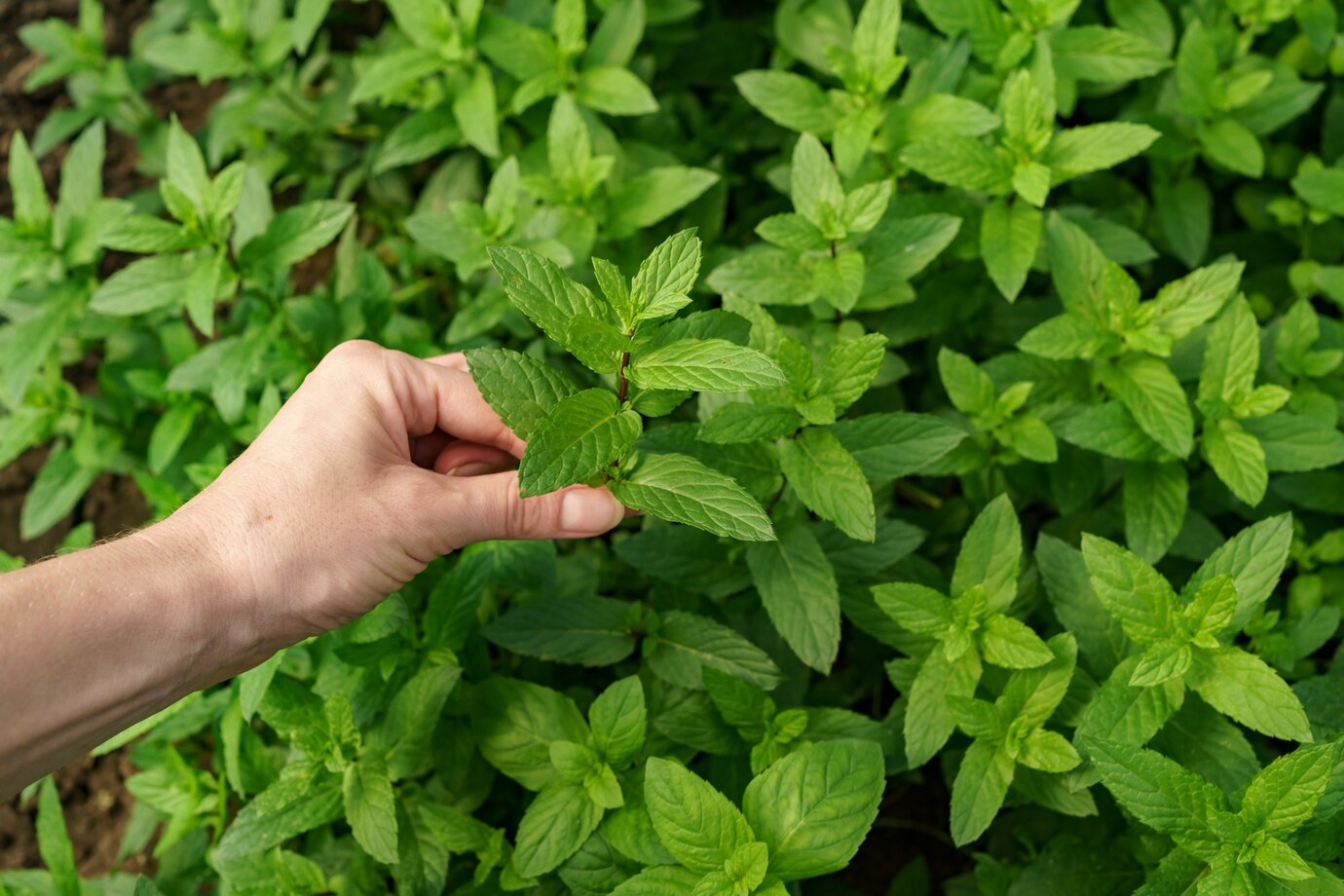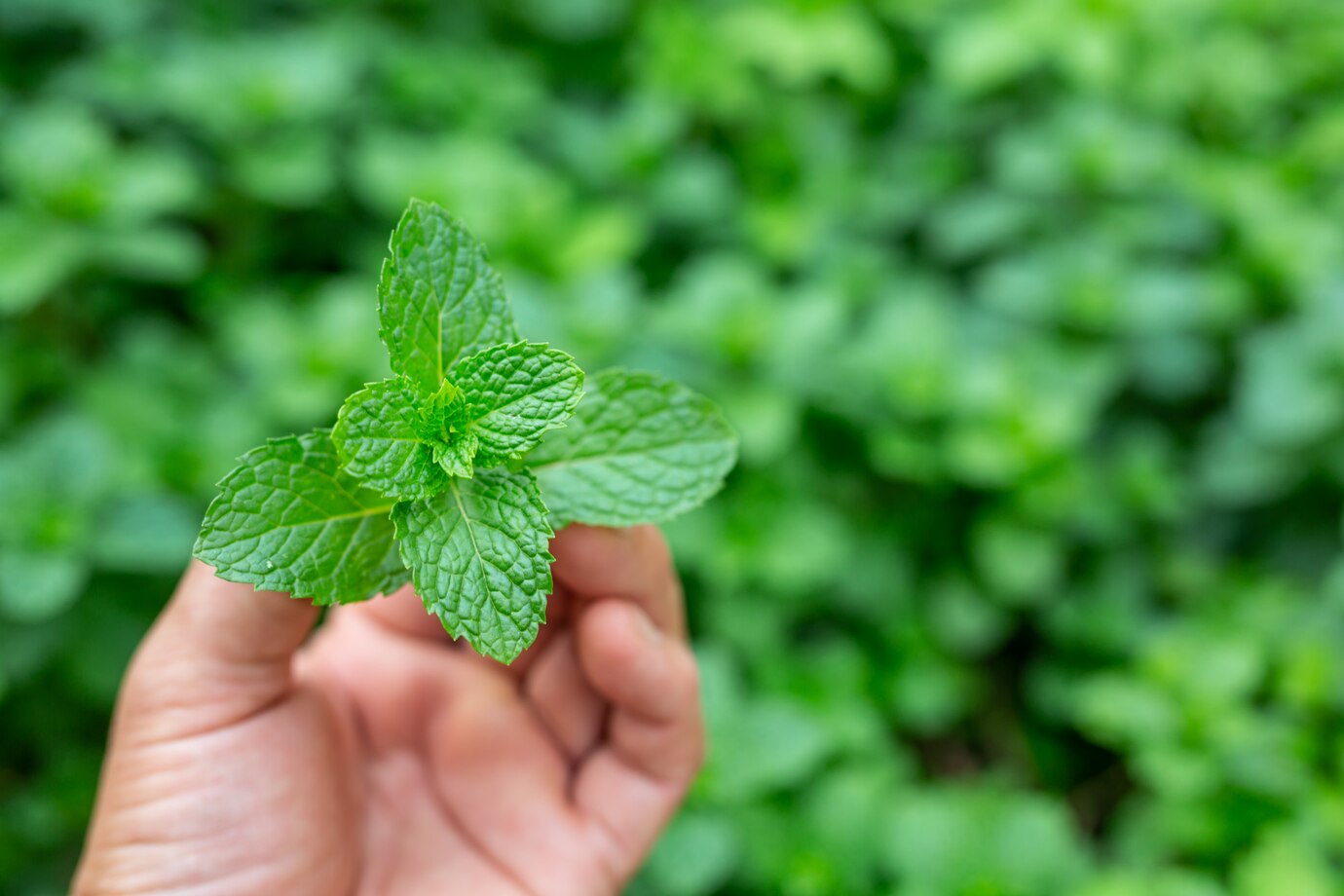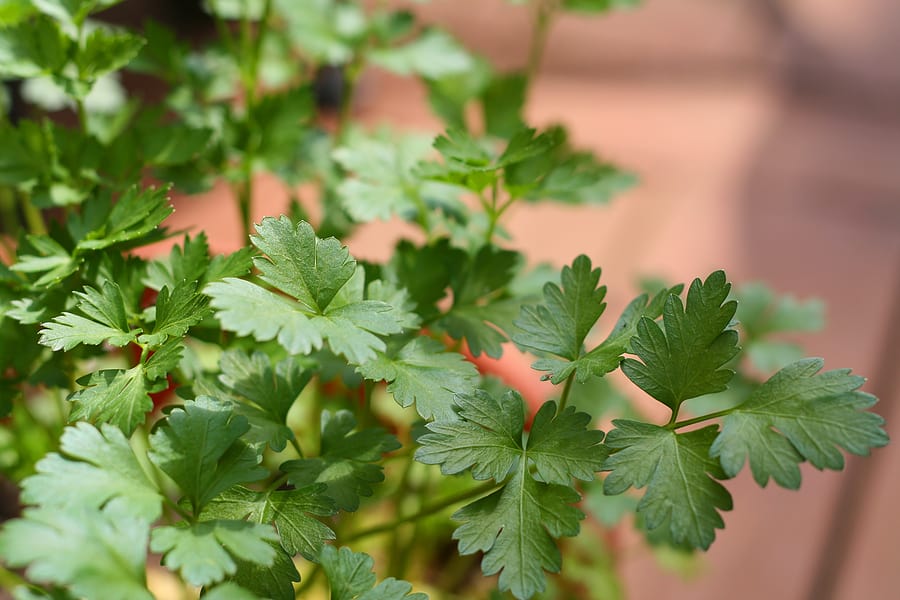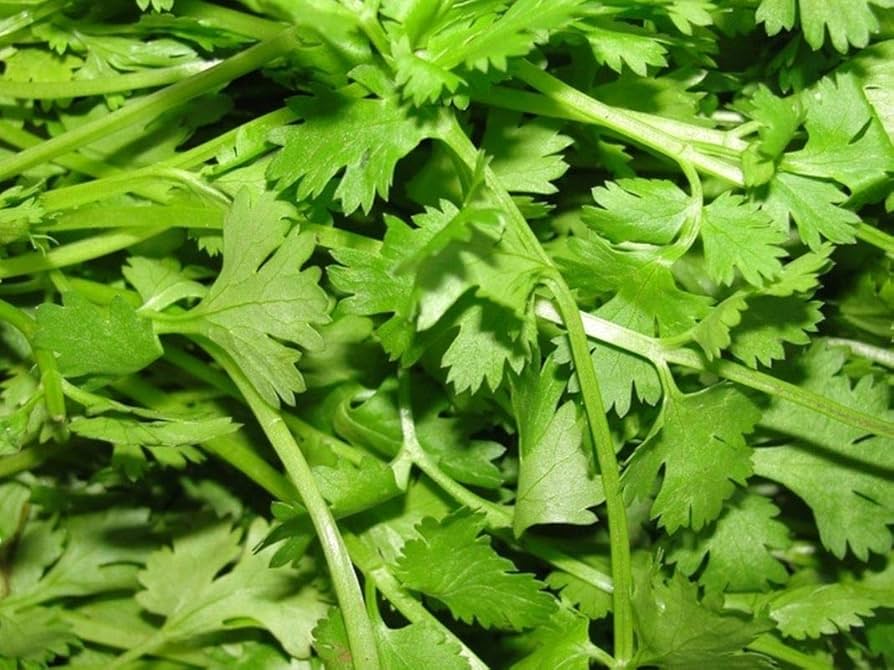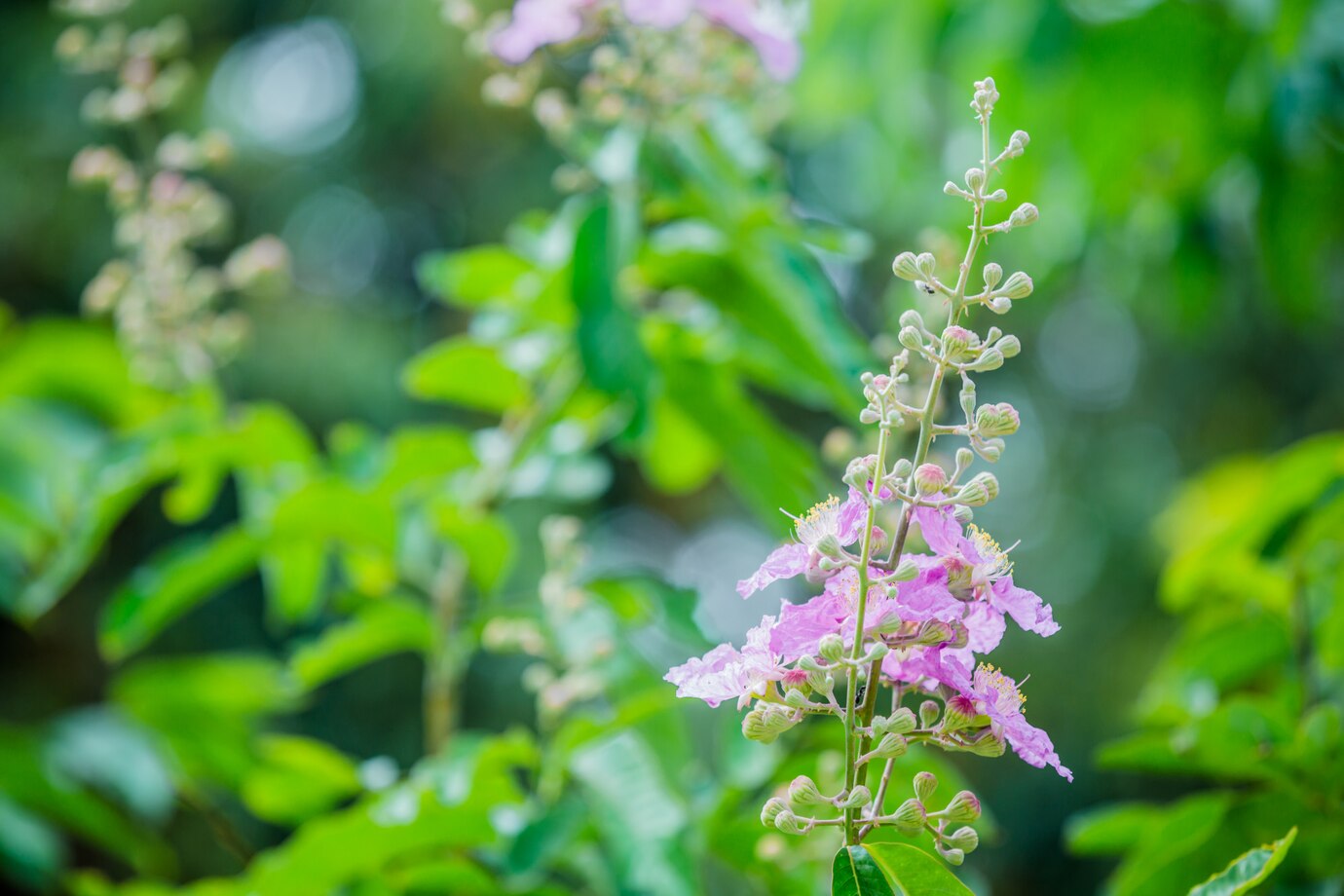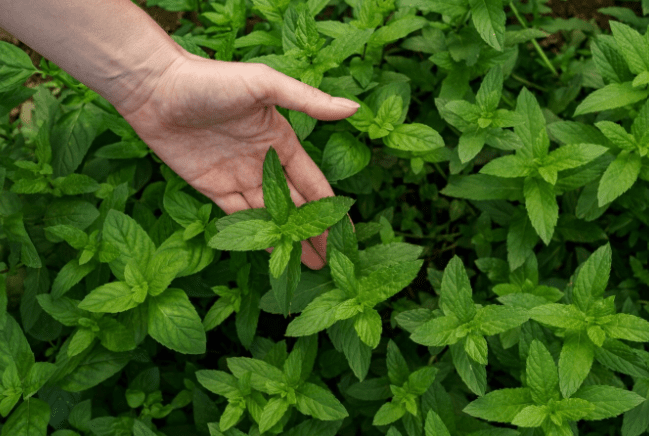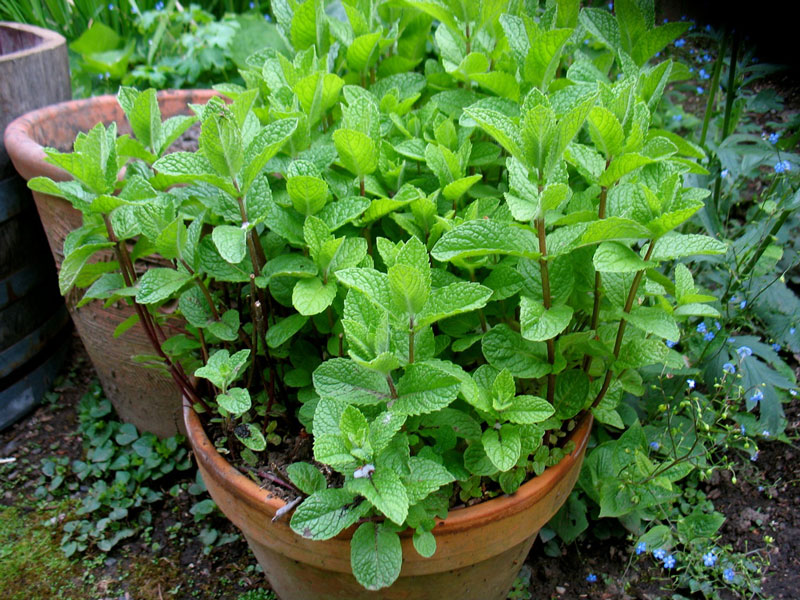Garlic is an incredibly versatile plant with a wide range of uses. Beyond its rich, savory aroma that enhances almost any recipe, it also serves as a helpful ally to many other plants in the garden. Due to its potent smell and natural antifungal qualities, garlic can help keep pests at bay. In fact, several plants thrive when grown close to garlic due to its protective properties.
Table of Contents
ToggleWhat Is Companion Planting?
Companion planting is a traditional gardening technique that promotes healthier crop development. By positioning certain plants together, gardeners can ward off harmful insects, draw in beneficial ones, and boost overall plant growth.
Benefits of Companion Planting
Certain companion plants enhance the growth of specific crops or thrive when placed nearby. They can take on several helpful roles in the garden:
Repel harmful insects. Pests like cabbage worms, carrot flies, cucumber beetles, and Mexican bean beetles often target vegetable patches. However, when planted alongside vulnerable crops, companion plants such as marigolds, rue, and catnip release scents or compounds that drive away these pests.
Invite beneficial bugs. Pollinators like bees and ladybugs are vital to a healthy garden, but they sometimes need a little incentive. Gardeners often introduce visually appealing plants like borage to attract these helpful insects and improve pollination.
Boost soil fertility. As vegetables grow, they draw essential nutrients from the earth. Companion crops like pole beans and bush beans help replenish key elements such as nitrogen, keeping the soil nutrient-rich for neighboring plants.
Stimulate faster growth and enhance flavor. Aromatic herbs like chamomile, summer savory, and marjoram release natural substances that can improve the taste and growth rate of nearby vegetables, resulting in more flavorful and quicker yields.
Act as ground cover. Low-growing plants like oregano spread across the soil’s surface, acting as a protective layer that shields the ground from intense sunlight and maintains cooler conditions for sensitive crops.
Offer shade. Tall and leafy plants such as zucchini and asparagus can cast shade on sun-intolerant crops below, offering a more balanced microclimate in your garden bed.
Help mark plant rows. Slow-sprouting vegetables can be difficult to spot in the early days. To avoid confusion, gardeners often mix in quick-germinating crops like radishes, which help identify the location of slower-growing seedlings.
Best Garlic Companion Plants to Grow
Garlic works as a natural antifungal agent for numerous herbs and vegetables. Its protective effects come from both the compounds it leaves behind in the soil and the potent oils released from the green shoots (called scapes) that grow above the bulb. You can even create a homemade insect spray by blending one or two garlic cloves with water. Here are the best garlic companion plants to consider growing nearby for healthier crops.
Fruit trees
Garlic acts as a repelent against common fruit tree pests like aphids, caterpillars, borers, and Japanese beetles. Additionally, its presence can encourage pollinators, which are essential for healthy fruit development.
Tomatoes
When planted near tomato crops, garlic helps fend off pest infestations, especially from spider mites, which often target tomato foliage.
Raspberries
The same beneficial interactions that garlic offers tomatoes also extend to raspberries (Rubus idaeus). Growing garlic near raspberries promotes healthier plants and enhances fruit flavor. Raspberries, in return, provide shade that helps garlic retain soil moisture. Their fallen leaves naturally decompose, serving as mulch that enriches the soil.
Carrots
Garlic’s antifungal and pest-repelling qualities are beneficial for carrots, which benefit from its protective presence. Garlic helps minimize fungal infections and keeps root maggots at bay. Carrots, in turn, help loosen the soil with their deep taproots, improving drainage and creating better conditions for garlic to grow.
Lettuce
Growing shallow-rooted lettuce (Lactuca sativa) alongside deeper-rooted garlic is a smart way to make full use of your garden space. Lettuce matures quickly and acts as a natural ground cover, helping the soil retain moisture for garlic. At the same time, garlic’s pungent aroma helps disguise the scent of lettuce, making it less appealing to pests.
Spinach
Garlic and spinach make ideal garden companions due to their complementary growth patterns. Garlic forms a natural weed barrier, which supports healthy spinach development. Meanwhile, spinach’s quick growth and spreading leaves help lock in moisture and prevent weed competition around garlic. They also provide partial shade for young garlic shoots.
Brassicas
Garlic pairs well with brassica vegetables like cabbage, kale, cauliflower, and kohlrabi. Its powerful scent repels common brassica pests, including cabbage worms, loopers, maggots, and Japanese beetles, helping keep these leafy crops safe.
Potatoes
Garlic serves as a natural remedy against late blight in potatoes. By blending a few garlic cloves with water, you can create a homemade spray to apply directly to affected plants, helping to curb fungal spread.
Tarragon
This bold-flavored herb supports garlic growth by accelerating its development when planted nearby.
Roses
Garlic and other strong-smelling plants like chives, marigolds, and nasturtiums can protect roses by keeping aphids at bay. Their intense aromas serve as a natural insect repellent.
Bad Companion Plants for Garlic
Despite garlic’s many benefits in the garden, it’s unsuitable for planting alongside every crop. Certain plants, like legumes, may suffer when grown too close to garlic. Similarly, other members of the allium family, such as onions (Allium cepa), are best kept separate from garlic. Growing them together can increase the risk of soil-borne pests and attract onion flies (Delia antiqua). Due to garlic’s intense scent and flavor, it’s advisable to avoid planting it near mild or delicately flavored crops.
Avoid pairing garlic with the following plants:
- Asparagus
- Chives
- Peas
- Beans
- Leeks
- Parsley
- Onions
- Ornamental onions
- Sage
- Spring onions

